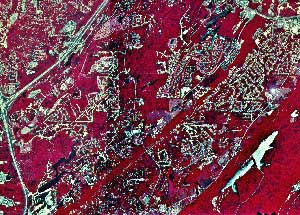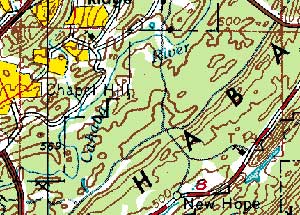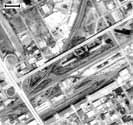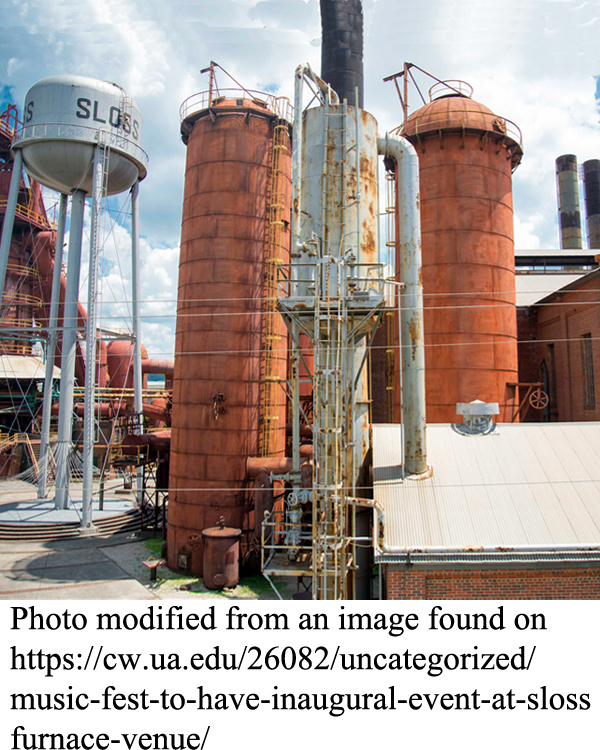5B - Birmingham
Click on maps below to view larger individual images
 |
 |
| Birmingham Infrared Aerial Photo |
Birmingham Topographic Map |
(National Historic Landmark) |
||

|

|

|
Rationale:
Birmingham and its surroundings are defined by an abundance of mineral resources that allowed the city to grow into a successful steel mill town and become the major heavy industrial center of the South. The geologic structures underlying the Valley and Ridge Region brought many different rock types with extensive deposits of coal, limestone, and iron ore into close proximity with each other. Unfortunately, many of these same geological factors also contributed to quality issues with these raw materials that would eventually limit productivity and undermine the competitiveness of Birmingham Steel versus that of steel companies in the north. Impurities in some of these resources also created pollution problems around the city that are still being dealt with today. Under the leadership of James W. Sloss, founder of the Sloss Furnace Company, the city of Birmingham grew up around the steel mill, and the small mill town grew into a prosperous city and a major railroad hub that would supply steel and other industrial commodities to the post Civil War South.
Themes
|
Content Outline
|
Activity TitlesAll activities include
|

|

